Sub set: a new exhibition traces African modernist architecture
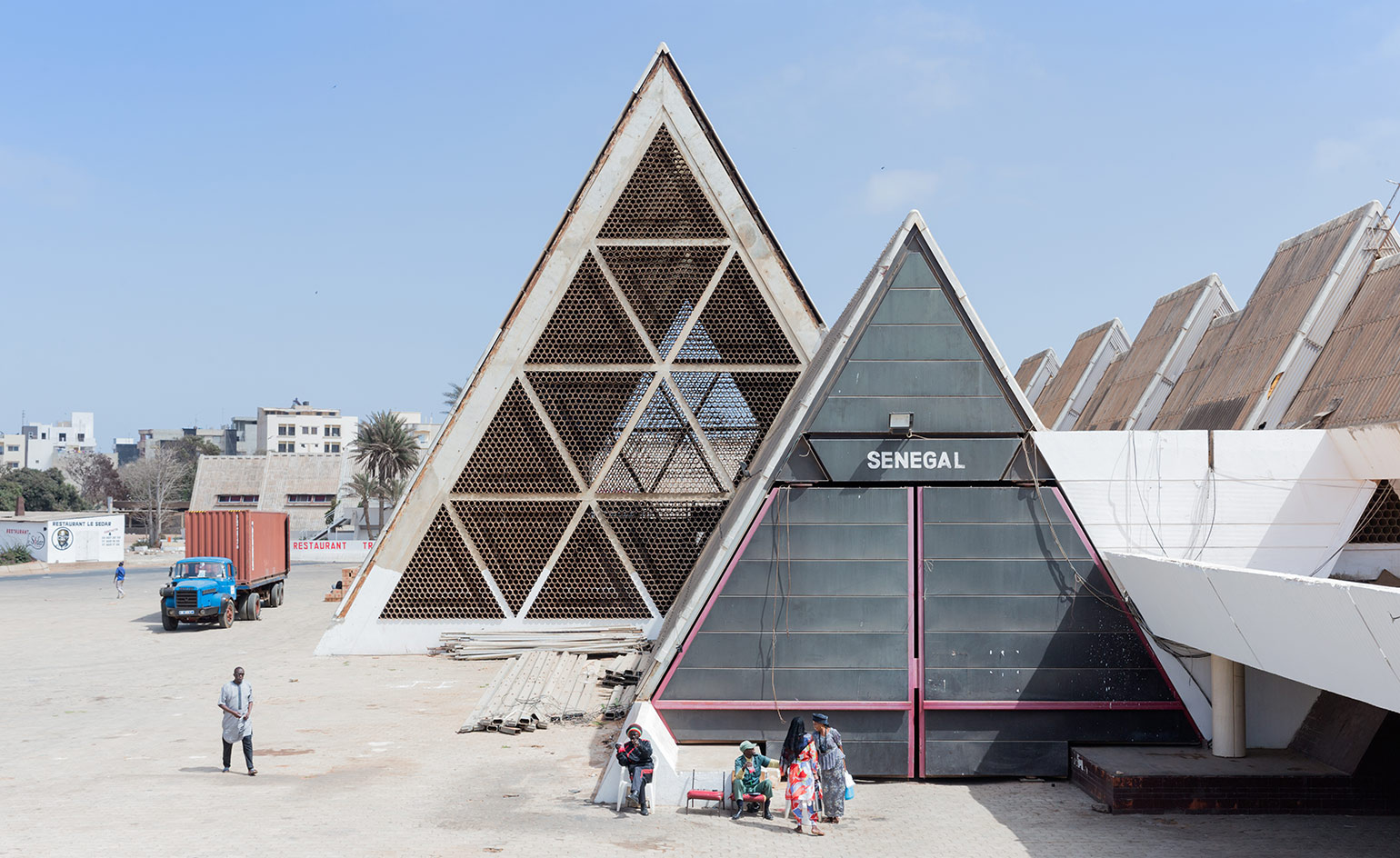
If architecture is, as Mies van der Rohe famously claimed, ‘the will of an epoch translated into space’, how was the break from colonial rule expressed in the built environment? With daring and optimism – at least in the sub-Saharan Africa of the mid-twentieth century, when newly independent African countries were confronting complex issues of sovereignty and national identity. An exhibition organised by the Vitra Design Museum, on view until the end of May at New York’s Center for Architecture, explores this little-known wave of ‘African Modernism’.
‘When the countries of sub-Saharan Africa became independent, the young nations used architecture as a tool for nation building,’ says Manuel Herz, curator of the exhibition and editor of the accompanying book African Modernis’, published by Park Books. ‘I wanted to focus on the countries that became independent in the years between the late 1950s and the early 60s, as I also wanted to focus on architecture of the 1960s and 70s.’ And so the government buildings, museums, schools, universities and conference centres featured in the show are in five budding nations: Ghana, Senegal, the Ivory Coast, Kenya and Zambia.
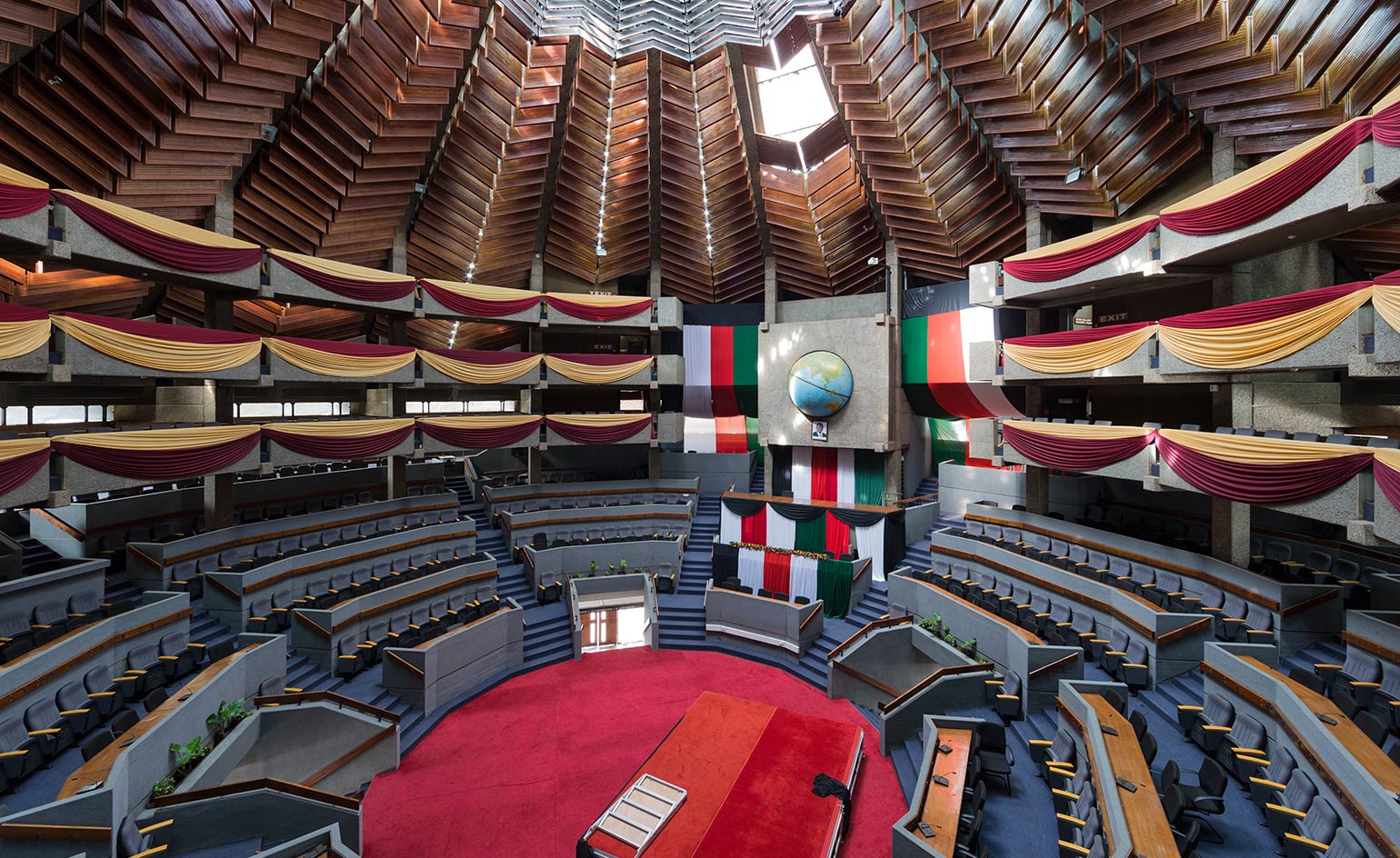
Kenyatta International Conference Centre, Nairobi, Kenya, designed by Karl Henrik Nostvik, 1967–1973.
Glass vitrines contain archival ballast – sketches, plans, newspaper clippings, commemorative stamps – but it is the contemporary photography at the heart of the exhibition that brings the modernist projects to life, contextualising their grand ambitions within messy, multi-layered realities. Reproduced at snapshot scale in wooden-framed, wall-mounted groupings, images by Iwan Baan and Alexia Webster show each of the approximately 80 featured buildings as ‘actors in the urban environment’, explains Herz. 'It doesn’t make the building a hero but shows how they curate urban space.’
Spanning five distinct countries and the work of mainly Western architects, the exhibition reveals both commonalities – the use of concrete, lifted volumes, a flowering of latticed screens – and specificities. ‘[The] programme was different,' says Herz, offering the example of Ghana’s dedication to educational institutions while the neighbouring Ivory Coast was focused on office buildings and public housing. And materiality often varied widely. ‘In Zambia, brick was used frequently, while this is almost unknown in Kenya, resulting in very different architectural expression, even though the climates of the countries’ capitals are quite similar.’
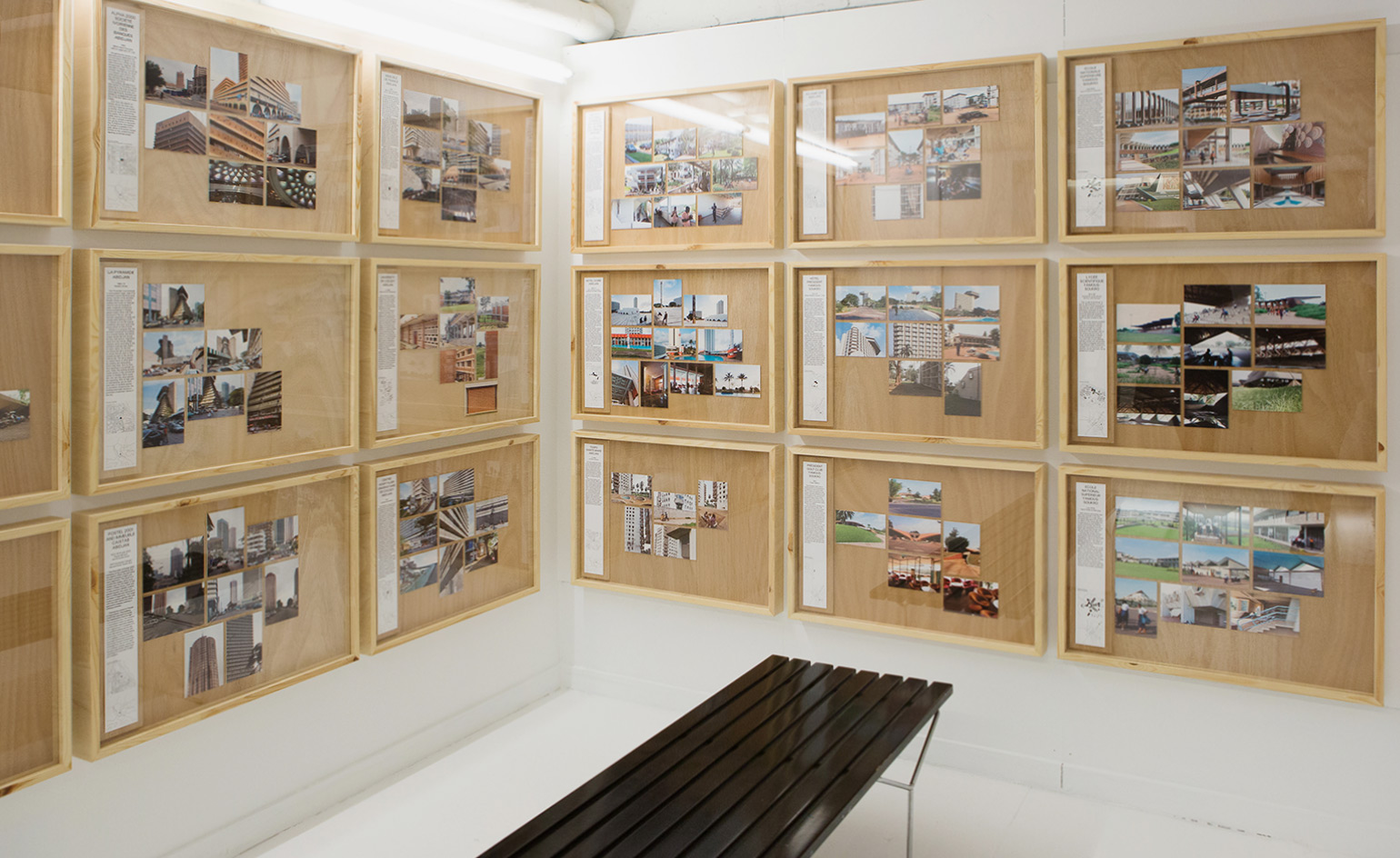
Installation view of the exhibition
There is much to see, from the beautiful optimism of Abidjan’s Hôtel Ivoire (conceived by Moshe Mayer as a glamorous icon of the ‘African Riviera’ he envisioned) and the remarkable Foire Internationale de Dakar (FIDAK, the International Trade Fair of Dakar) to the National Assembly of Zambia, where a taxidermy tiger and lion prowl the floor of parliament, and Nairobi’s Chai House, an elevated, UFO-shaped nightclub tiled like a disco ball.
‘When we think of Africa in terms of architecture, we usually only think of slums, slum-upgrading, emergency housing, or “humanitarian architecture” such as orphanages,’ says Herz. ‘This exhibition will hopefully shift the way we look at the African continent today, not as a region of poverty and misery, but as a continent full of amazing cultural and architectural production on the highest level.’
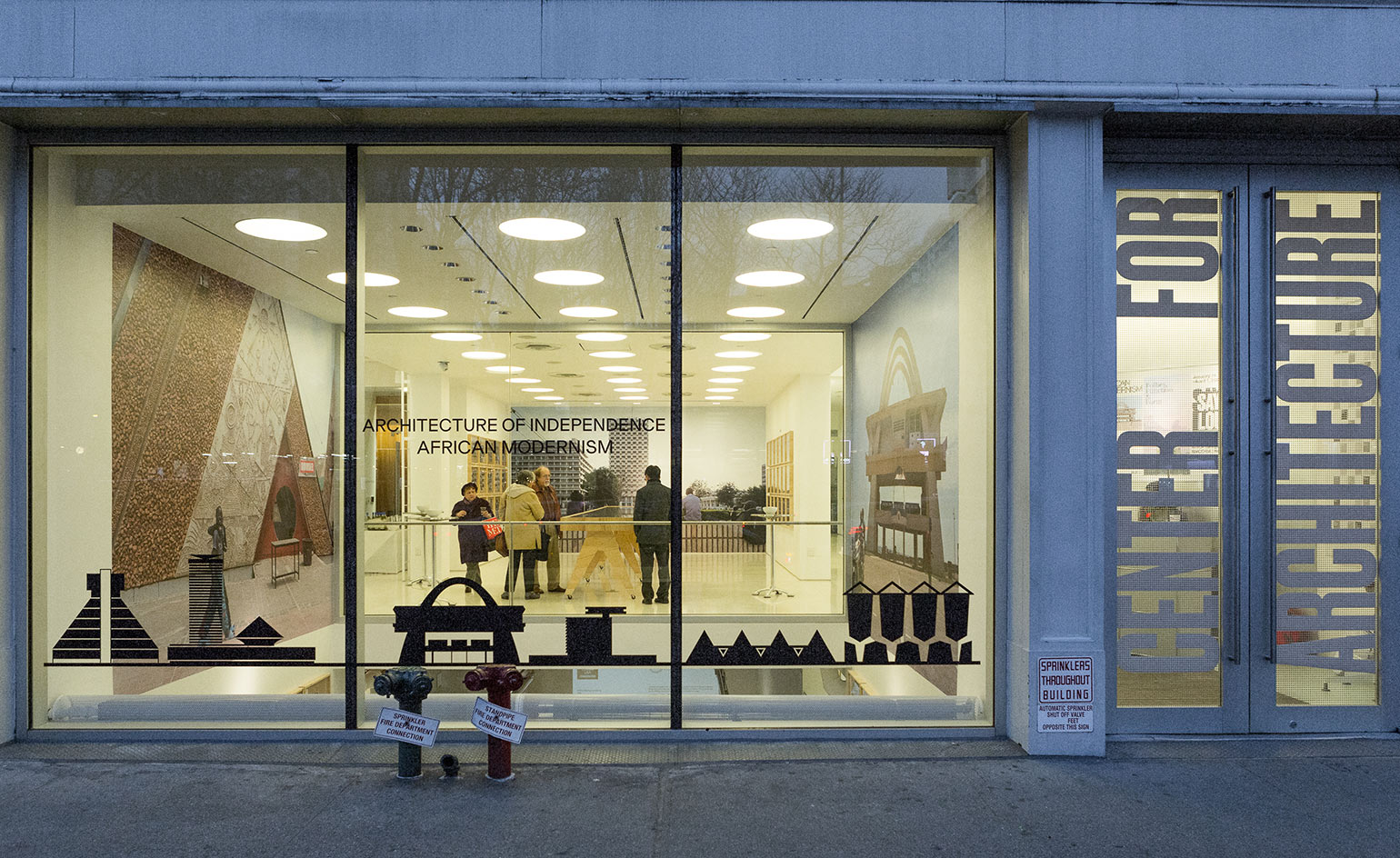
Exterior view of the exhibition, 'African Modernism', organised by the Vitra Design Museum, on view until 27 May at New York’s Center for Architecture
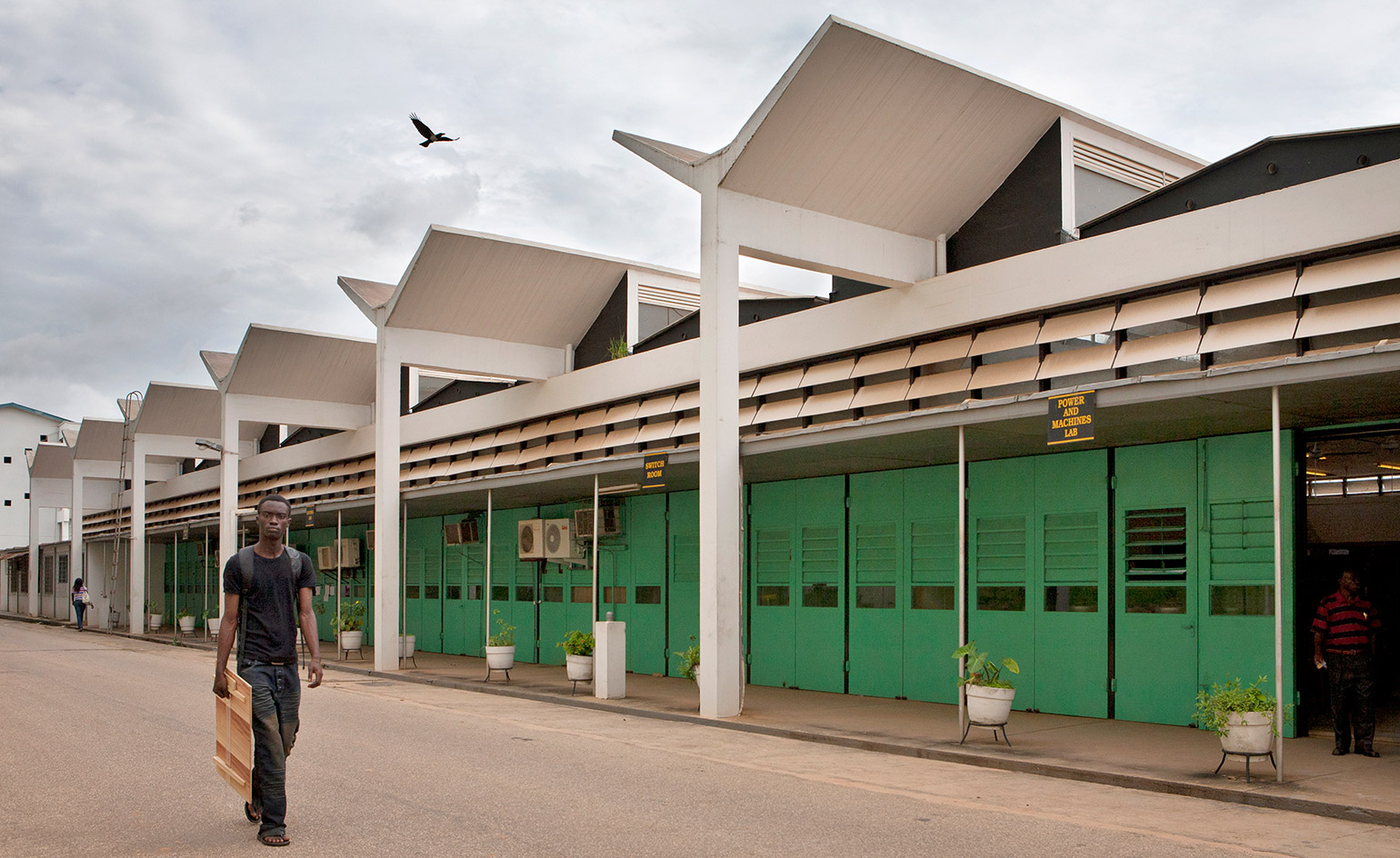
School of Engineering at KNUST (Kwame Nkrumah University of Science and Technology), Kumasi, Ghana, designed by James Cubitt, 1956.
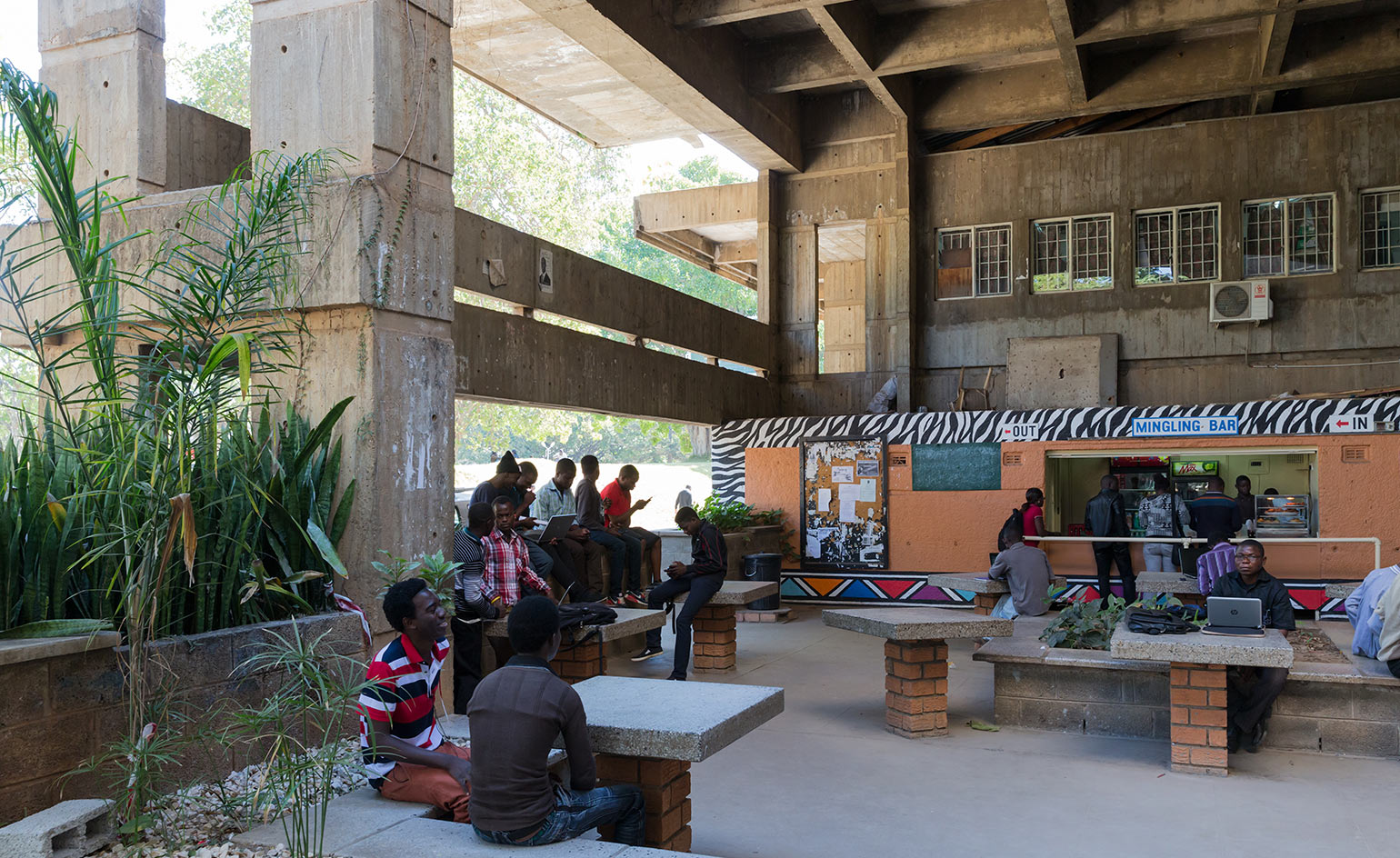
University of Zambia (UNZA), Lusaka, Zambia, designed by Julian Elliott and Anthony Chitty, 1965–1968.
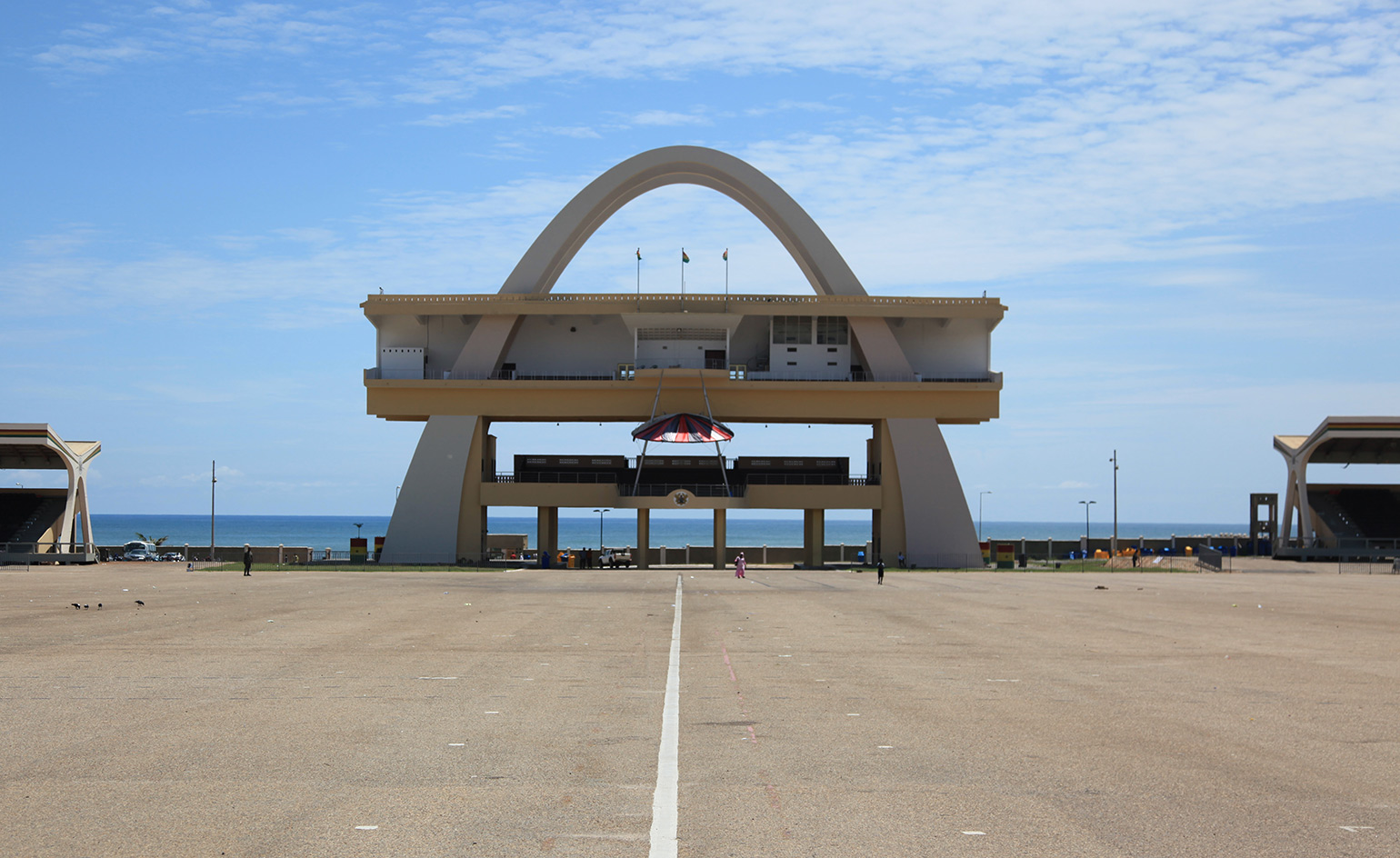
Independence Arch, Accra, Ghana, designed by the Public Works Departments, 1961.
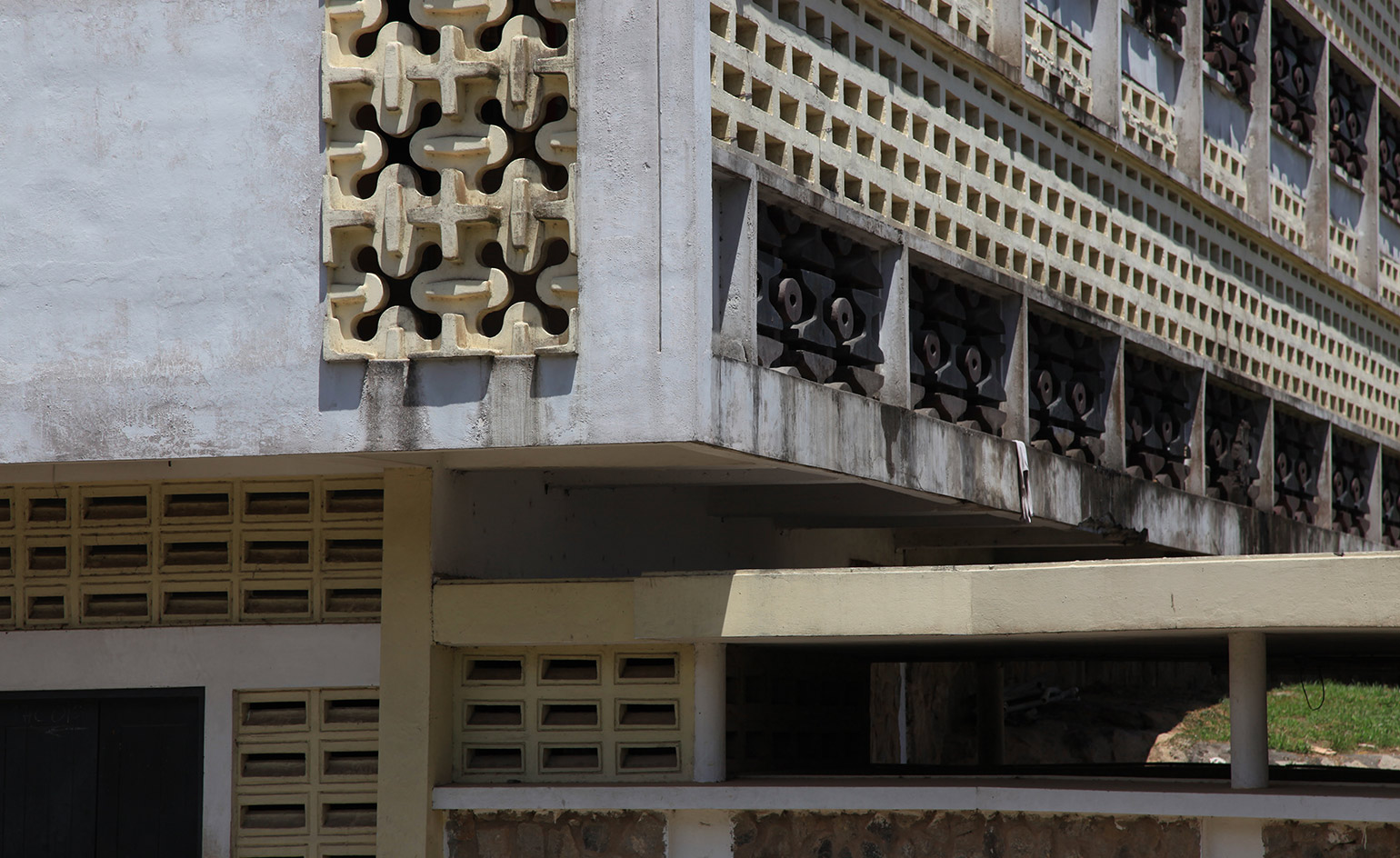
Mfantsipim School (Ausschnitt), Cape Coast, Ghana, designed by Fry, Drew and Partners, 1958.
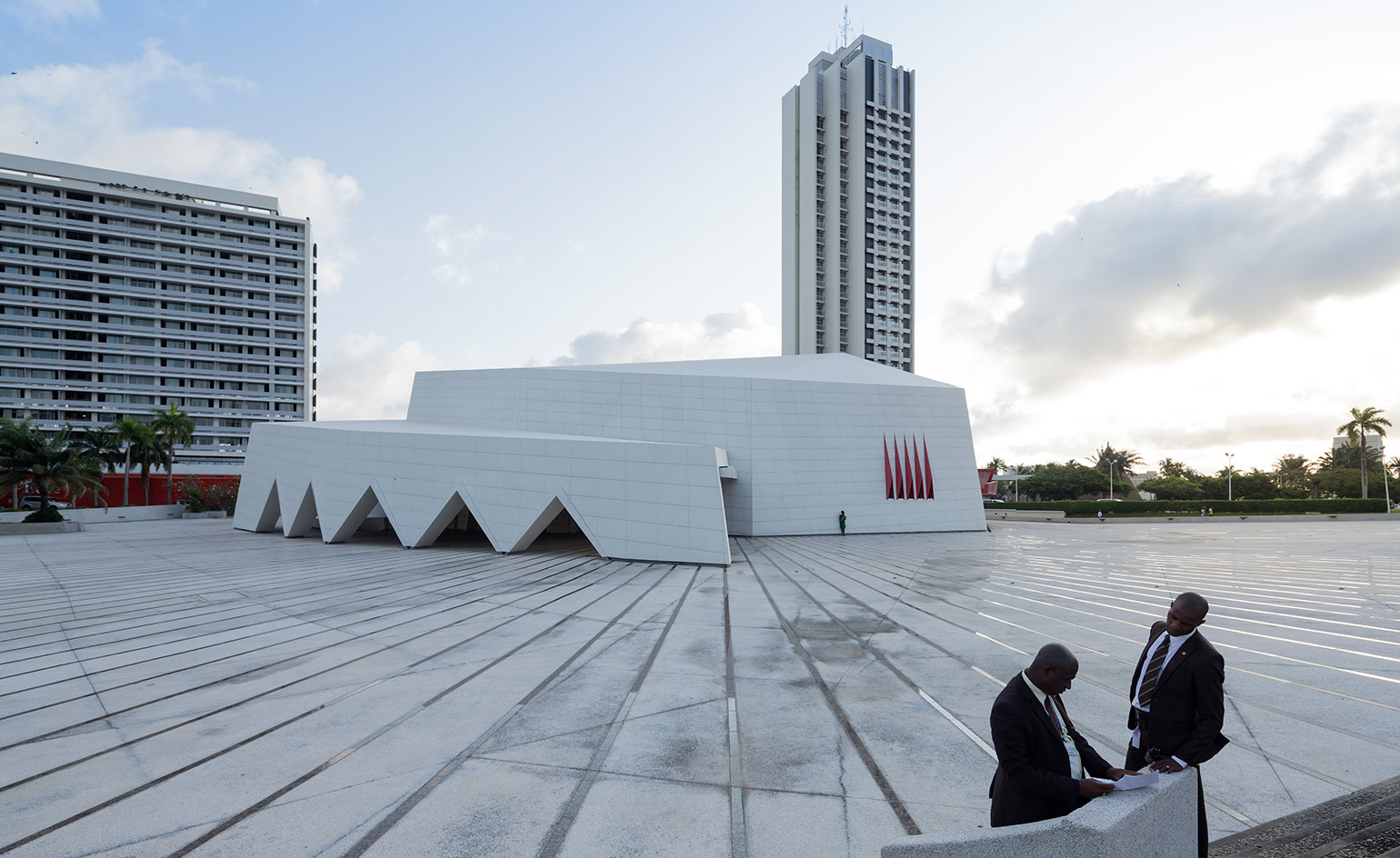
Hotel Ivoire, Abidjan, Ivory Coast, designed by Heinz Fenchel and Thomas Leiterdorf, 1962–1970.

Kenyatta International Conference Centre, Nairobi, Kenya, designed by Karl Henrik Nostvik, 1967–1973.
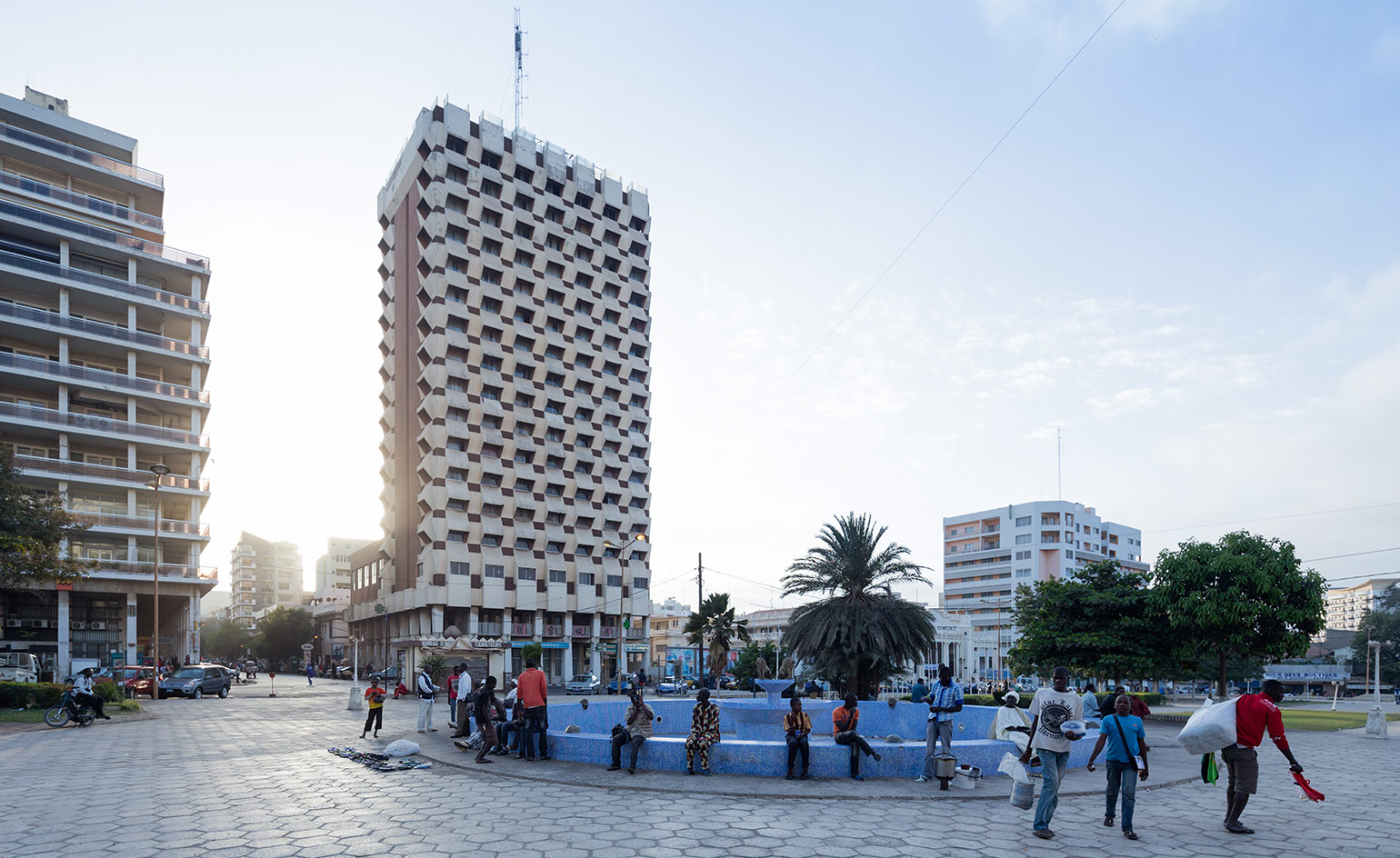
Hotel Independence, Dakar, Senegal, designed by Henri Chomette and Roland Depret, 1973–1978.
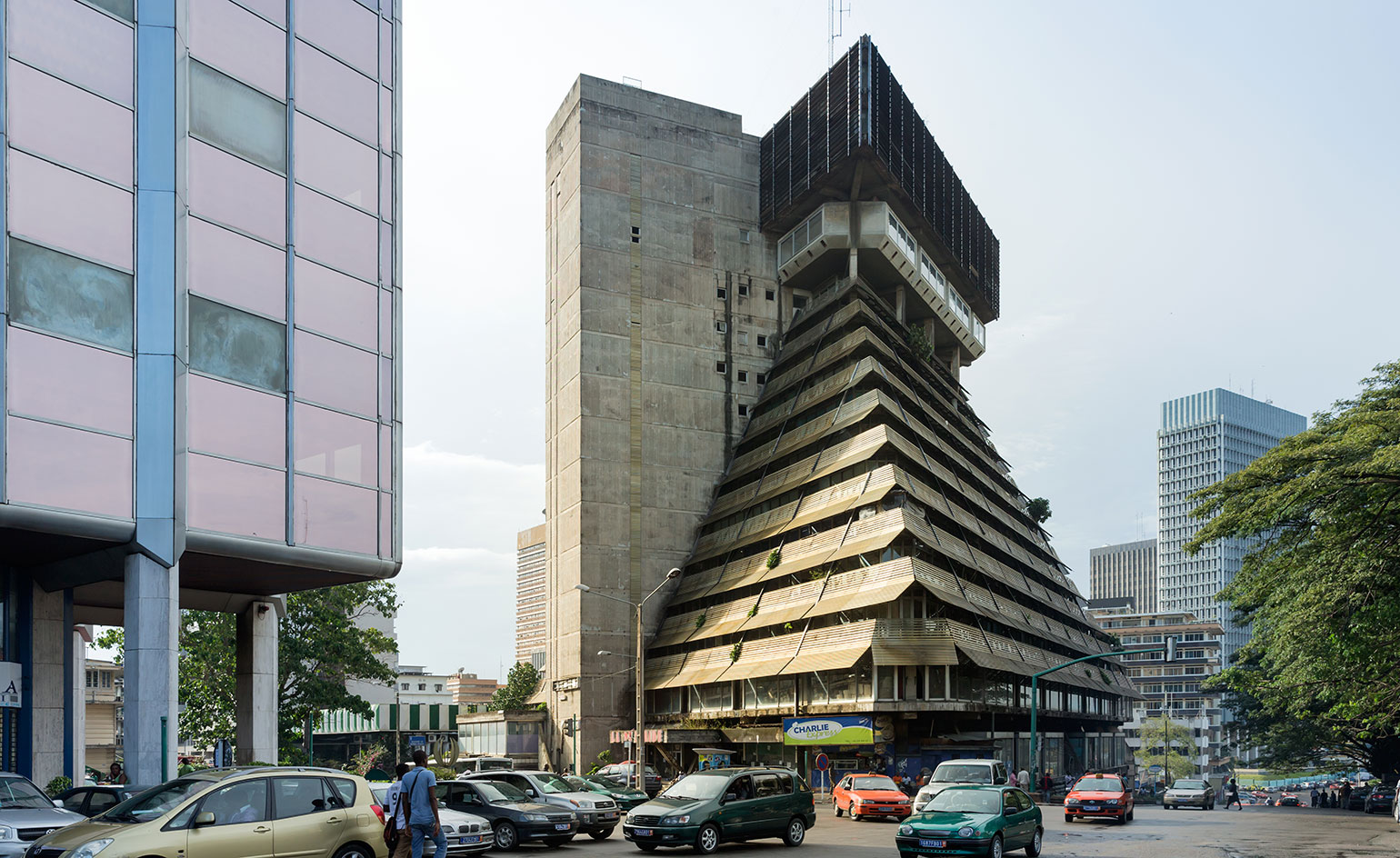
La Pyramide, Abidjan, Ivory Coast, designed by Rinaldo Olivieri, 1973.
INFORMATION
’African Modernism’ is on view until 27 May. For more information, visit the Center for Architecture website
ADDRESS
Center for Architecture
536 LaGuardia Pl
New York, NY 10012
Receive our daily digest of inspiration, escapism and design stories from around the world direct to your inbox.
Stephanie Murg is a writer and editor based in New York who has contributed to Wallpaper* since 2011. She is the co-author of Pradasphere (Abrams Books), and her writing about art, architecture, and other forms of material culture has also appeared in publications such as Flash Art, ARTnews, Vogue Italia, Smithsonian, Metropolis, and The Architect’s Newspaper. A graduate of Harvard, Stephanie has lectured on the history of art and design at institutions including New York’s School of Visual Arts and the Institute of Contemporary Art in Boston.
-
 This cult Los Angeles pop-up restaurant now has a permanent address
This cult Los Angeles pop-up restaurant now has a permanent addressChef Brian Baik’s Corridor 109 makes its permanent debut in Melrose Hill. No surprise, it's now one of the hardest tables in town to book
-
 French bistro restaurant Maset channels the ease of the Mediterranean in London
French bistro restaurant Maset channels the ease of the Mediterranean in LondonThis Marylebone restaurant is shaped by the coastal flavours, materials and rhythms of southern France
-
 How ethical is Google Street View, asks Jon Rafman in Copenhagen
How ethical is Google Street View, asks Jon Rafman in CopenhagenIn 'Report a Concern - the Nine Eyes Archives' at Louisiana Museum of Art, Copenhagen, Jon Rafman considers technology's existential implications
-
 The Architecture Edit: Wallpaper’s houses of the month
The Architecture Edit: Wallpaper’s houses of the monthFrom wineries-turned-music studios to fire-resistant holiday homes, these are the properties that have most impressed the Wallpaper* editors this month
-
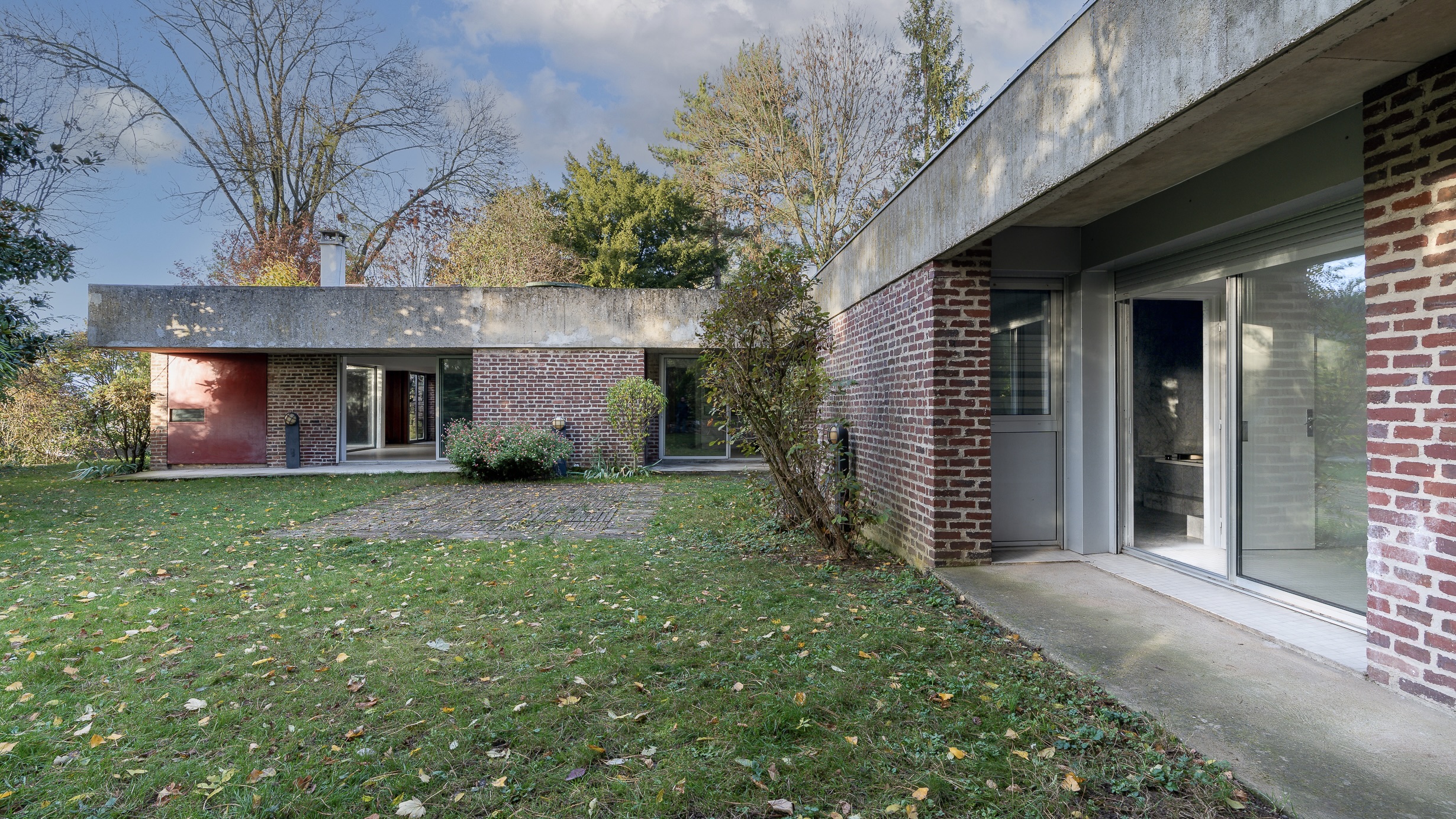 This modernist home, designed by a disciple of Le Corbusier, is on the market
This modernist home, designed by a disciple of Le Corbusier, is on the marketAndré Wogenscky was a long-time collaborator and chief assistant of Le Corbusier; he built this home, a case study for post-war modernism, in 1957
-
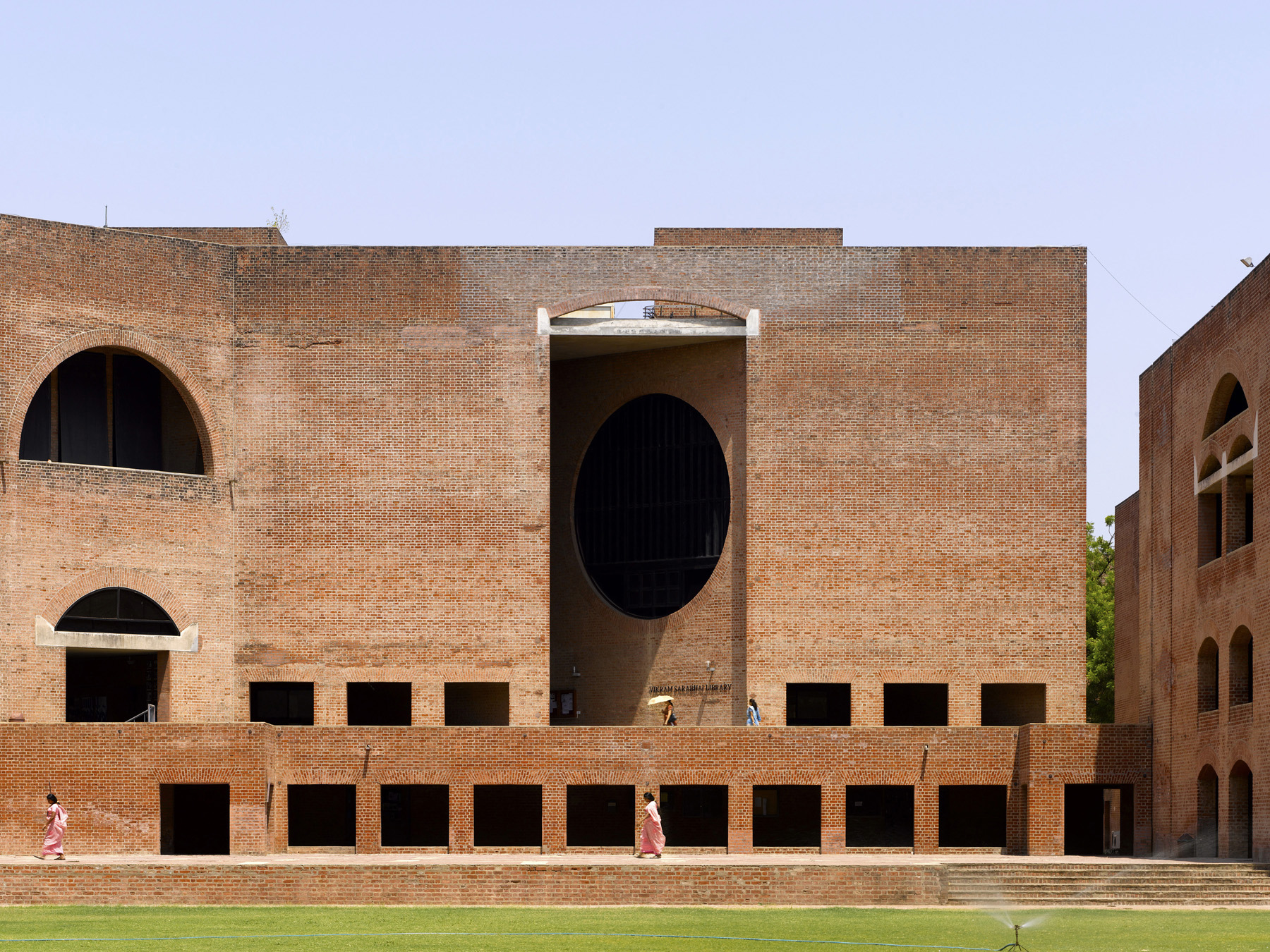 Louis Kahn, the modernist architect and the man behind the myth
Louis Kahn, the modernist architect and the man behind the mythWe chart the life and work of Louis Kahn, one of the 20th century’s most prominent modernists and a revered professional; yet his personal life meant he was also an architectural enigma
-
 The Architecture Edit: Wallpaper’s houses of the month
The Architecture Edit: Wallpaper’s houses of the monthFrom Malibu beach pads to cosy cabins blanketed in snow, Wallpaper* has featured some incredible homes this month. We profile our favourites below
-
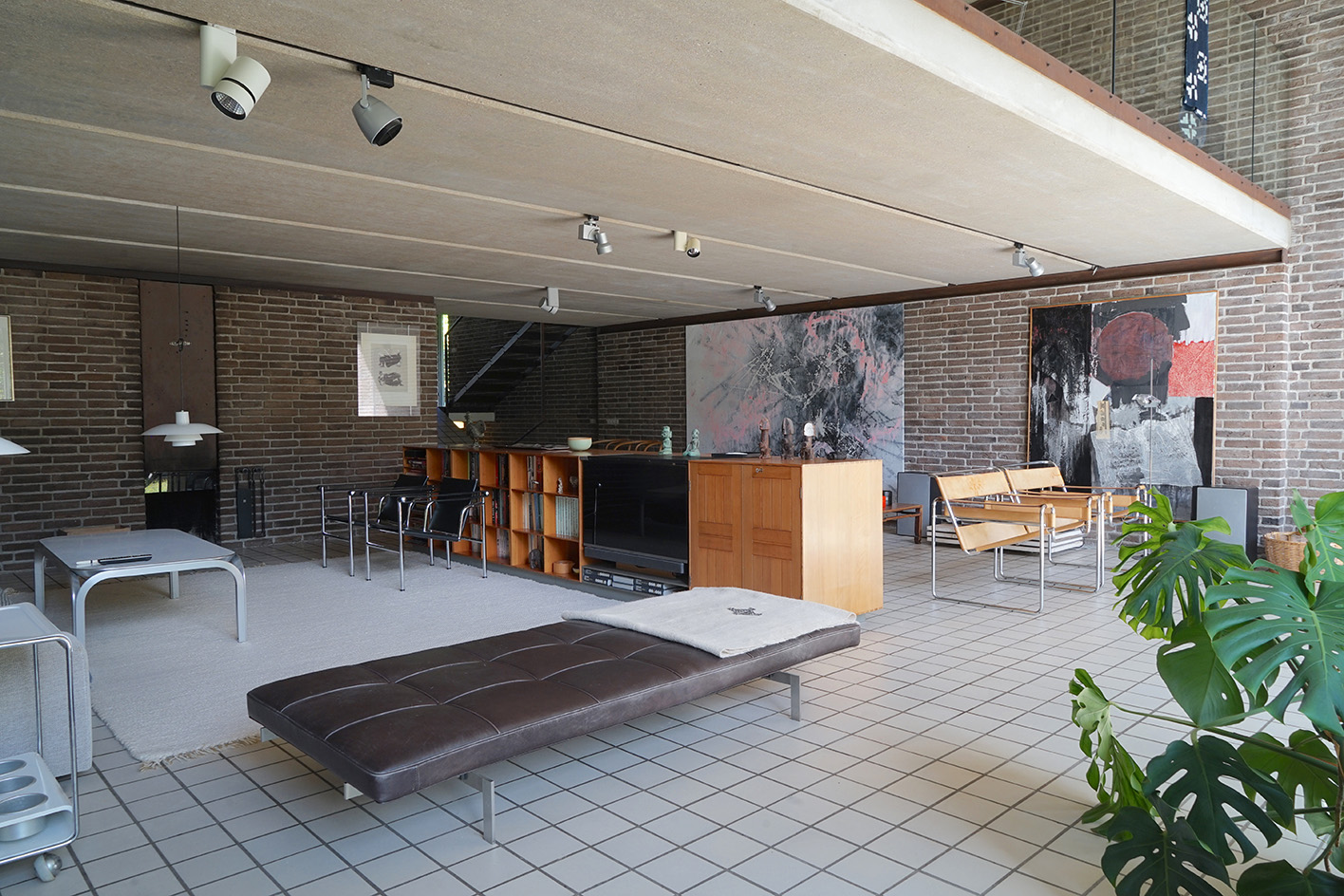 Three lesser-known Danish modernist houses track the country’s 20th-century architecture
Three lesser-known Danish modernist houses track the country’s 20th-century architectureWe visit three Danish modernist houses with writer, curator and architecture historian Adam Štěch, a delve into lower-profile examples of the country’s rich 20th-century legacy
-
 The Architecture Edit: Wallpaper’s houses of the month
The Architecture Edit: Wallpaper’s houses of the monthThis September, Wallpaper highlighted a striking mix of architecture – from iconic modernist homes newly up for sale to the dramatic transformation of a crumbling Scottish cottage. These are the projects that caught our eye
-
 Richard Neutra's Case Study House #20, an icon of Californian modernism, is for sale
Richard Neutra's Case Study House #20, an icon of Californian modernism, is for salePerched high up in the Pacific Palisades, a 1948 house designed by Richard Neutra for Dr Bailey is back on the market
-
 The best of California desert architecture, from midcentury gems to mirrored dwellings
The best of California desert architecture, from midcentury gems to mirrored dwellingsWhile architecture has long employed strategies to cool buildings in arid environments, California desert architecture developed its own distinct identity –giving rise, notably, to a wave of iconic midcentury designs